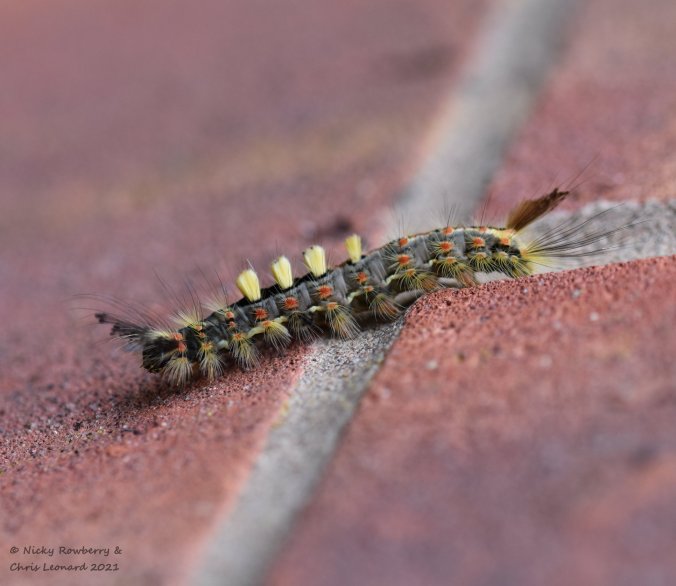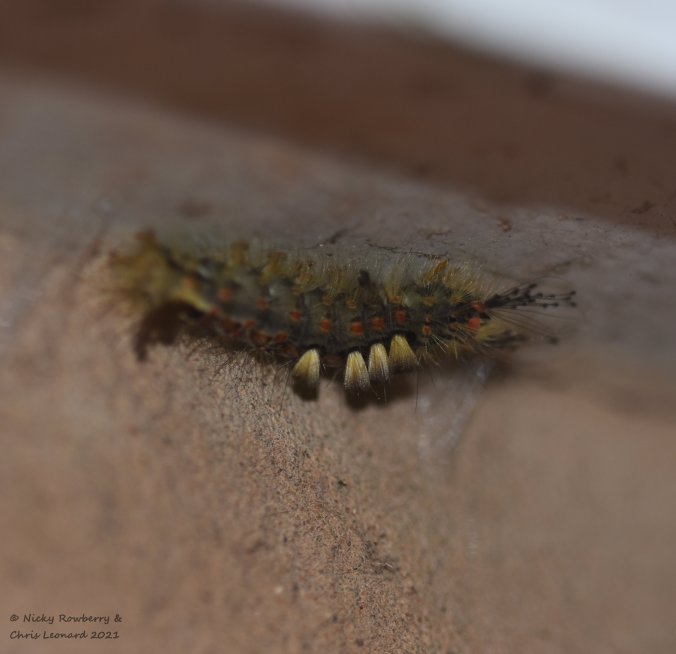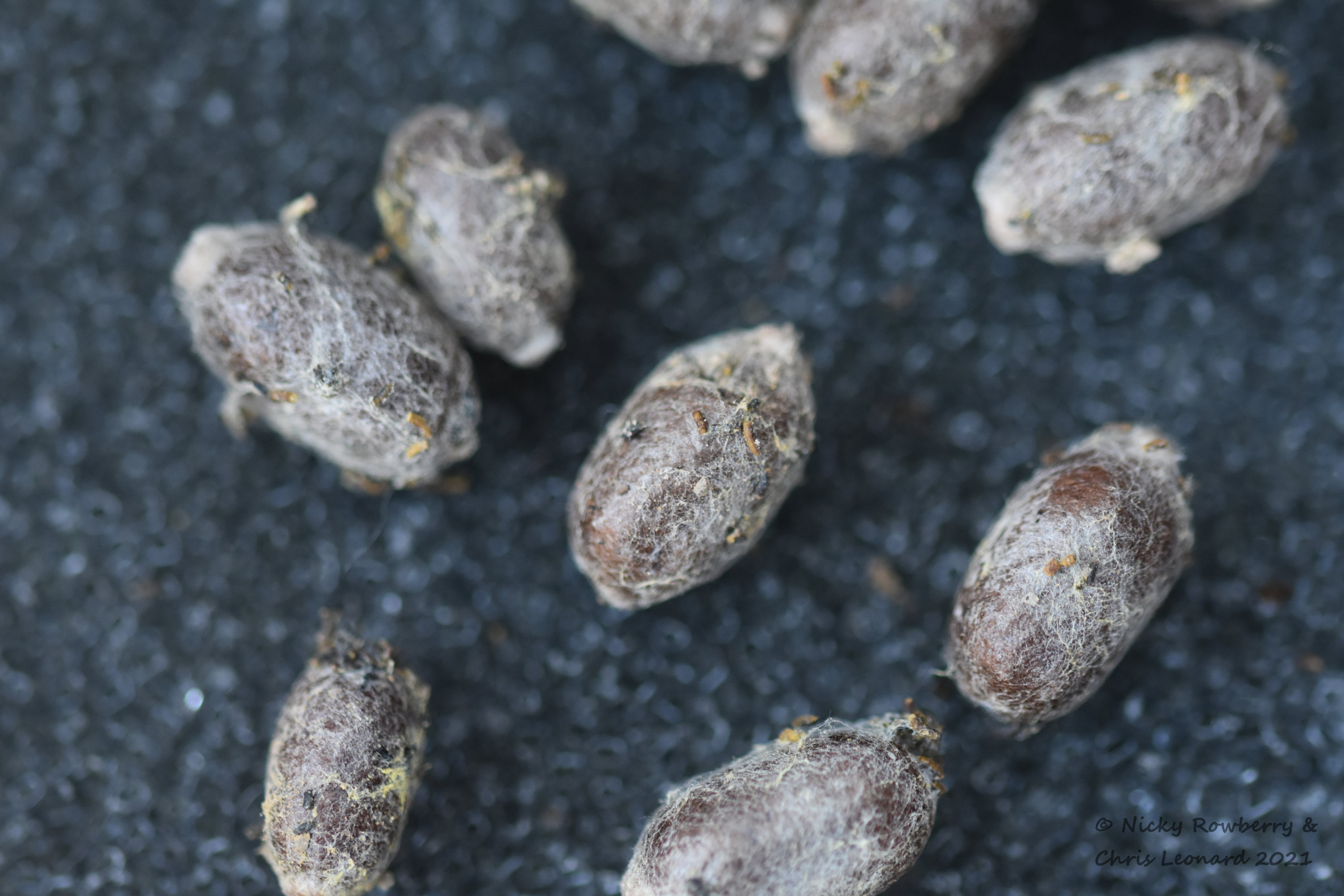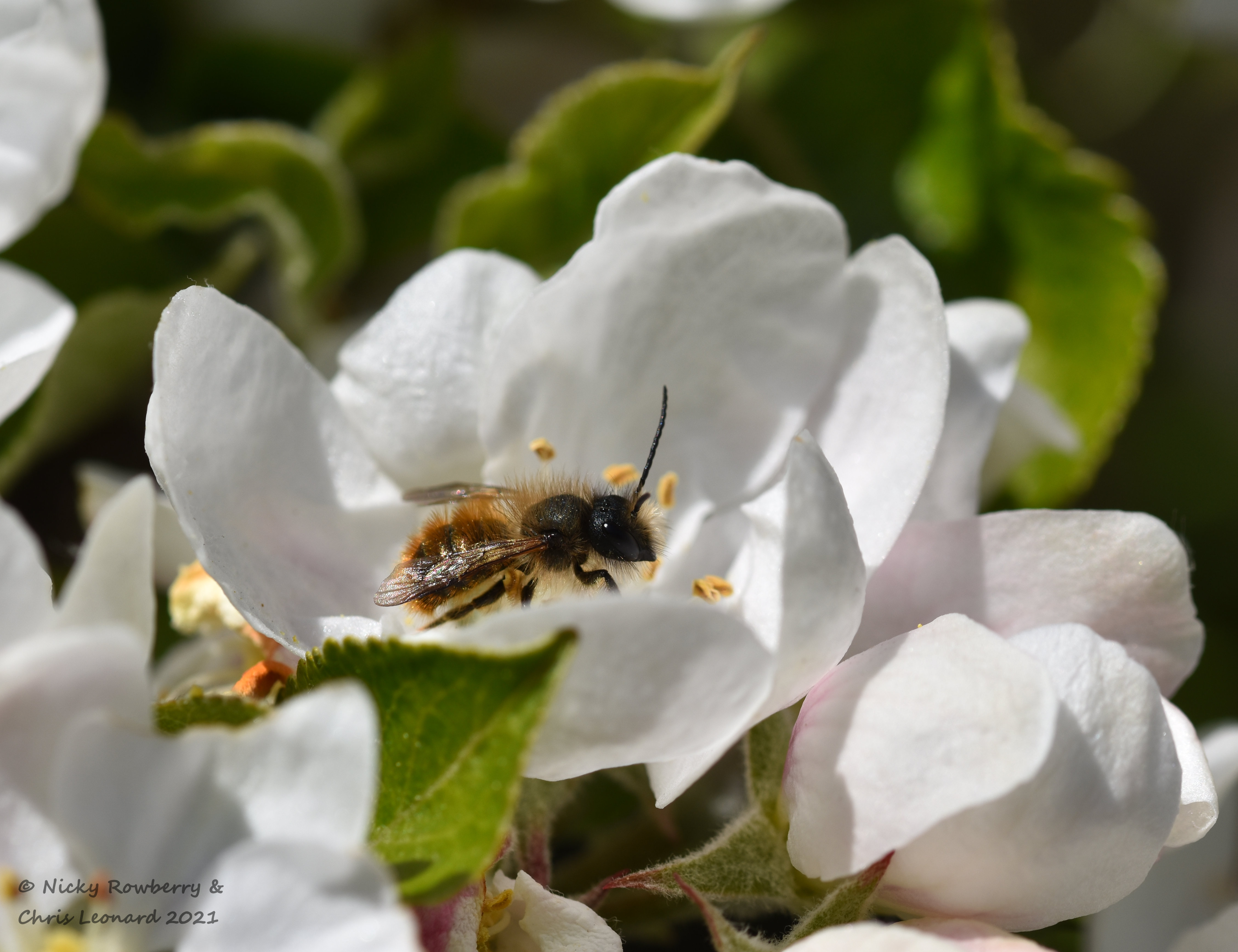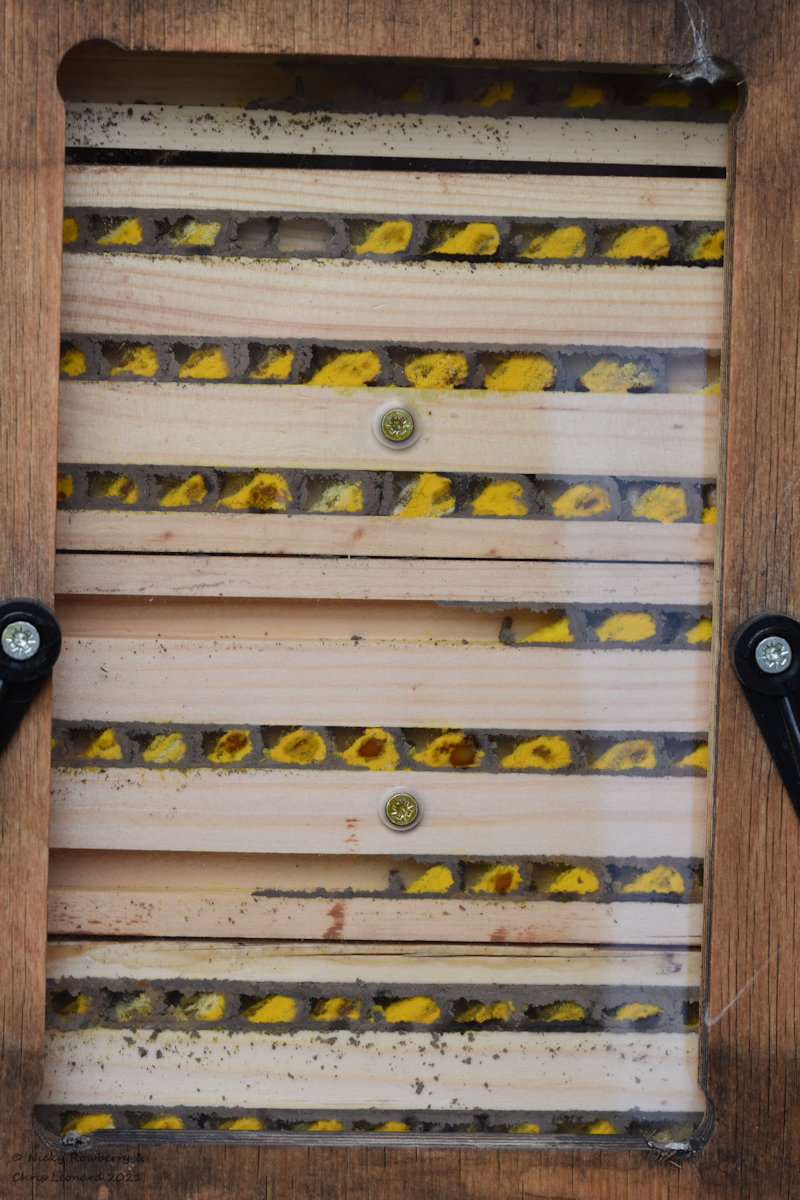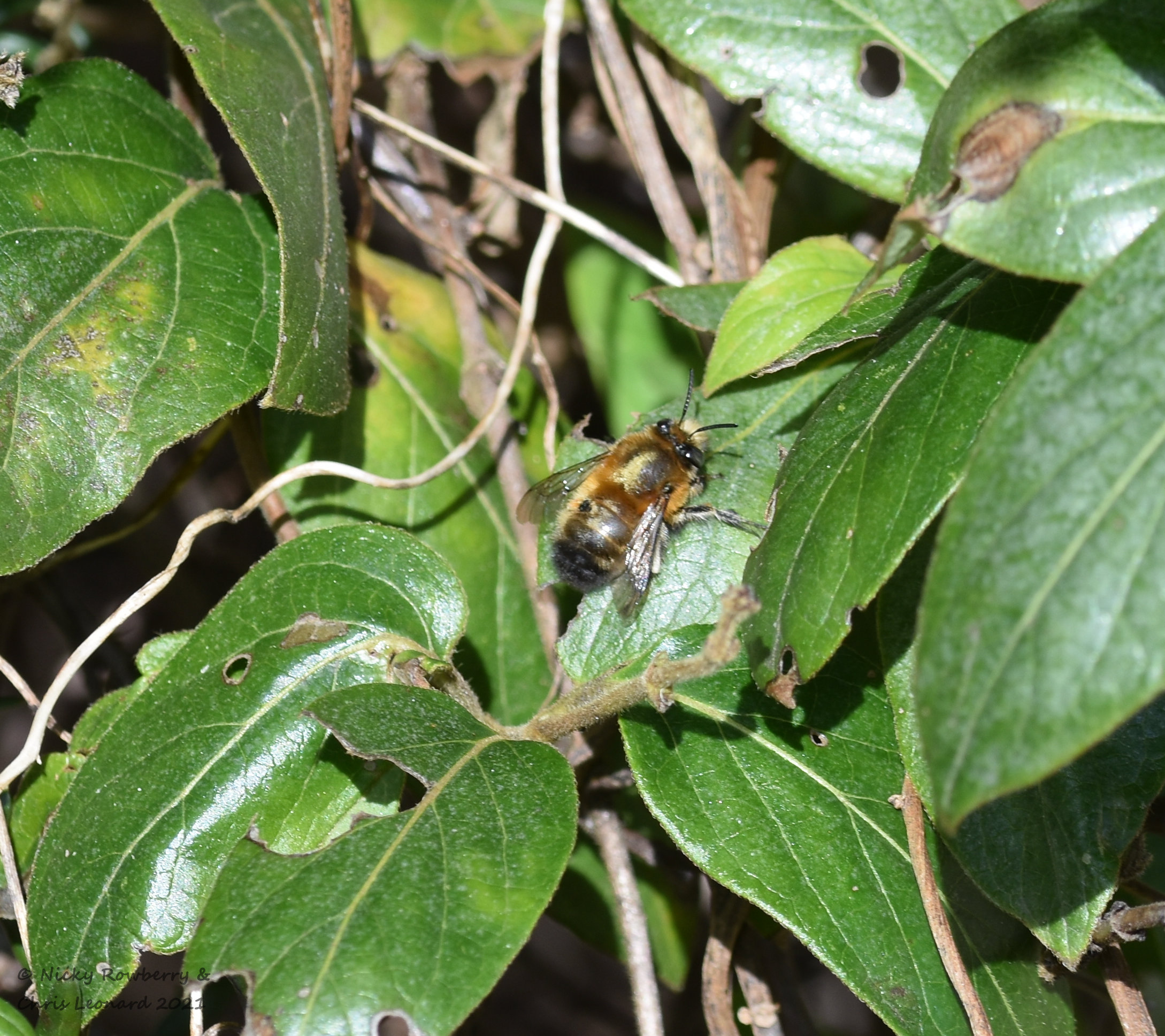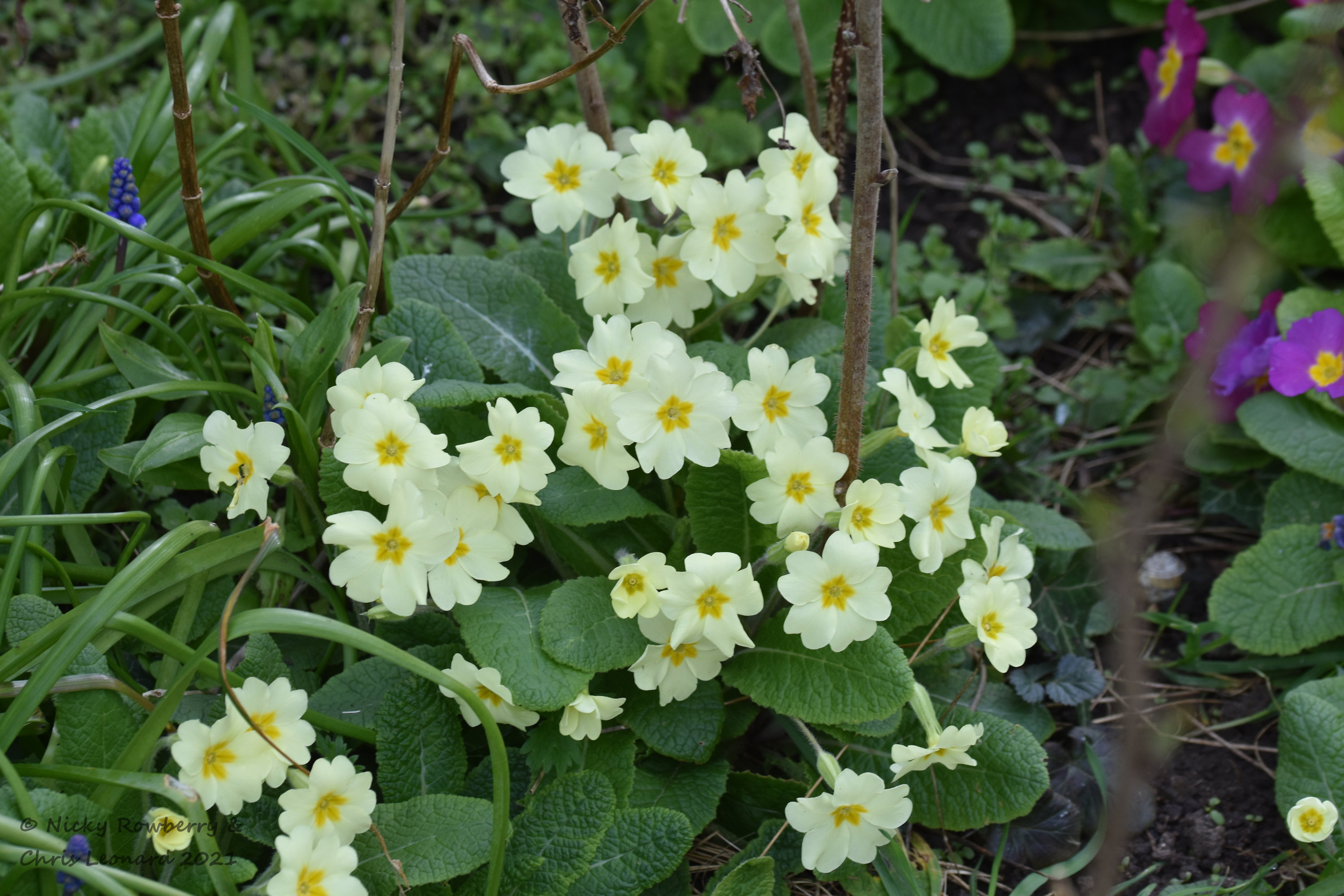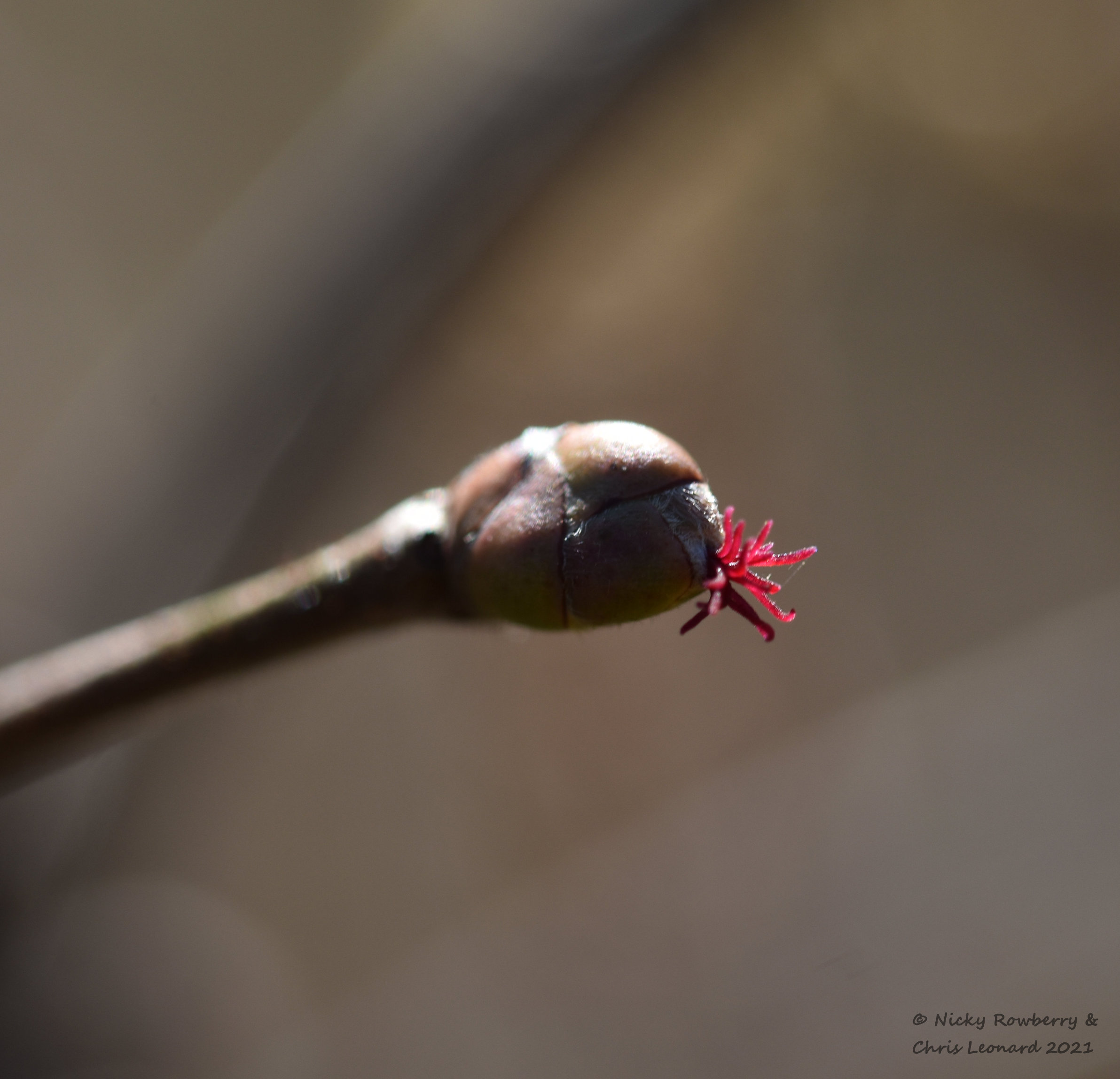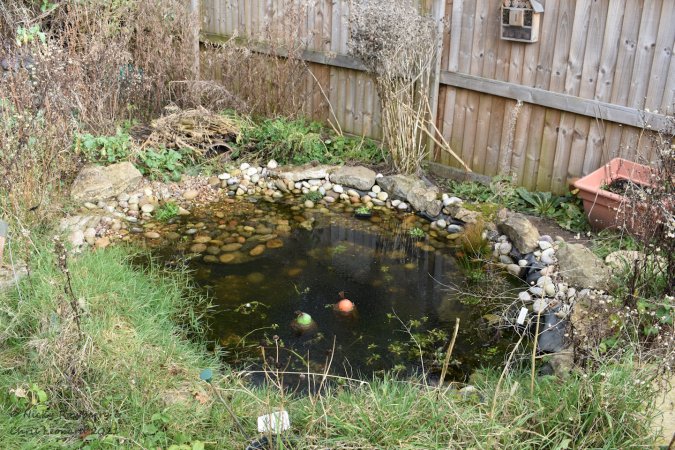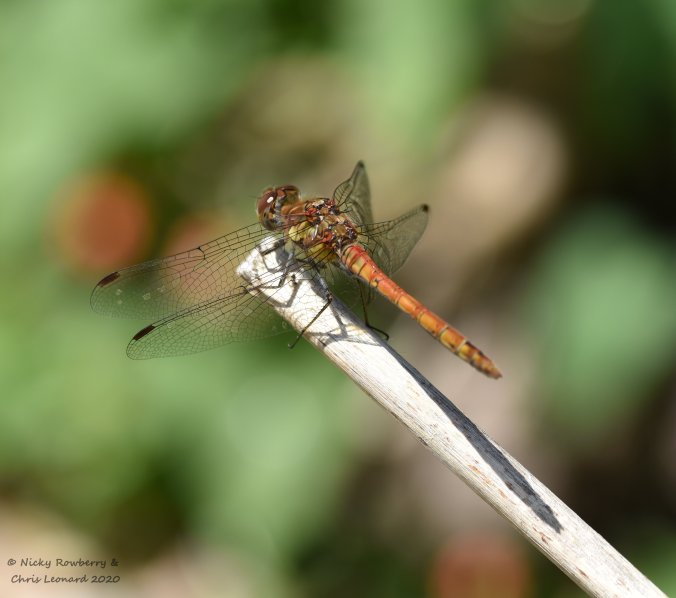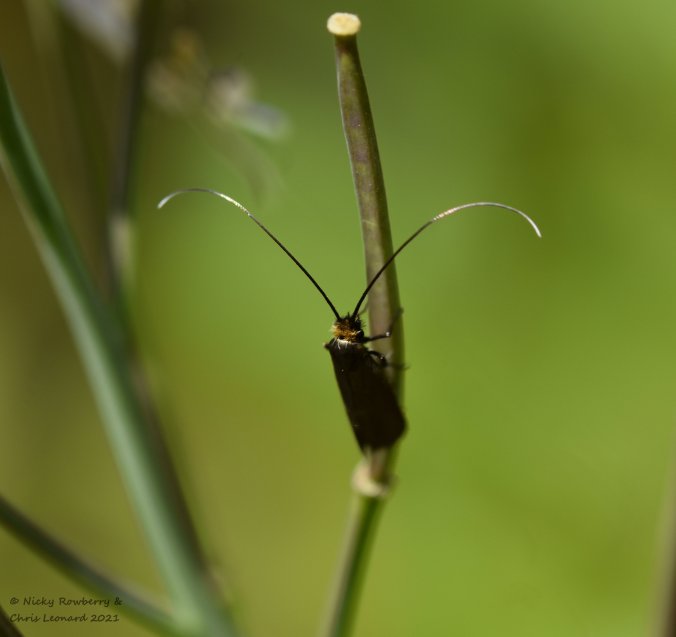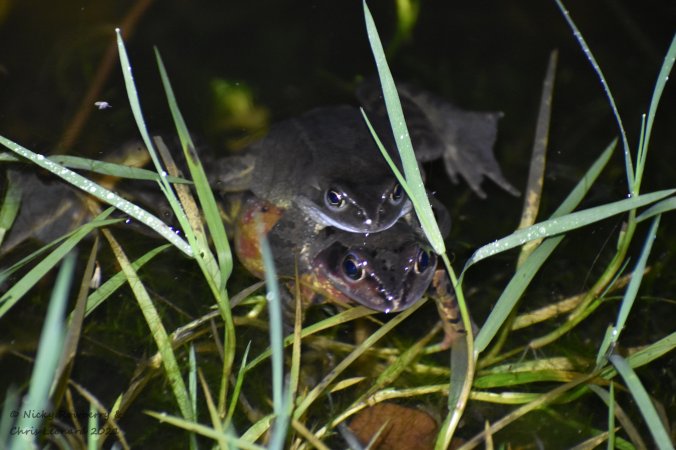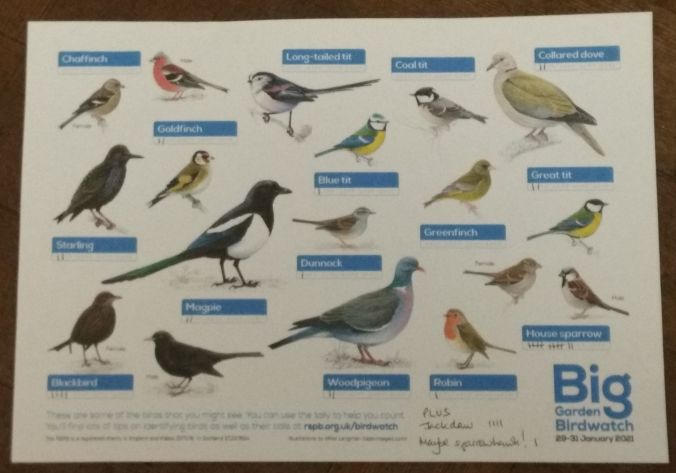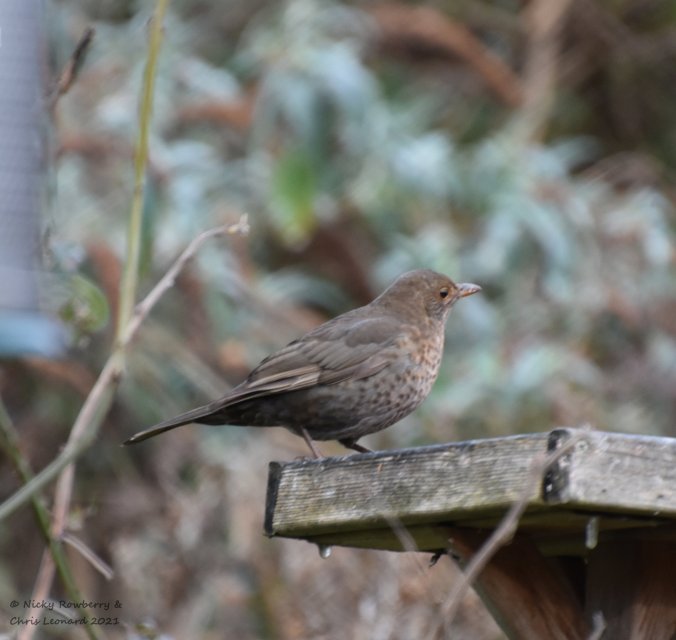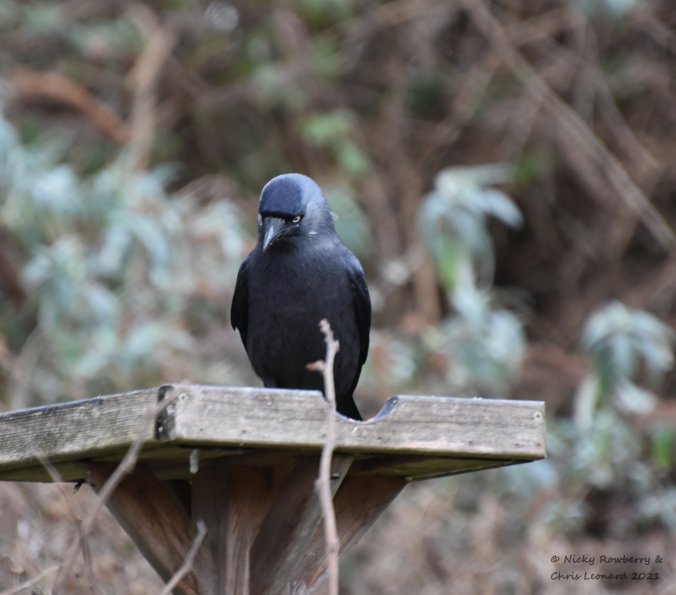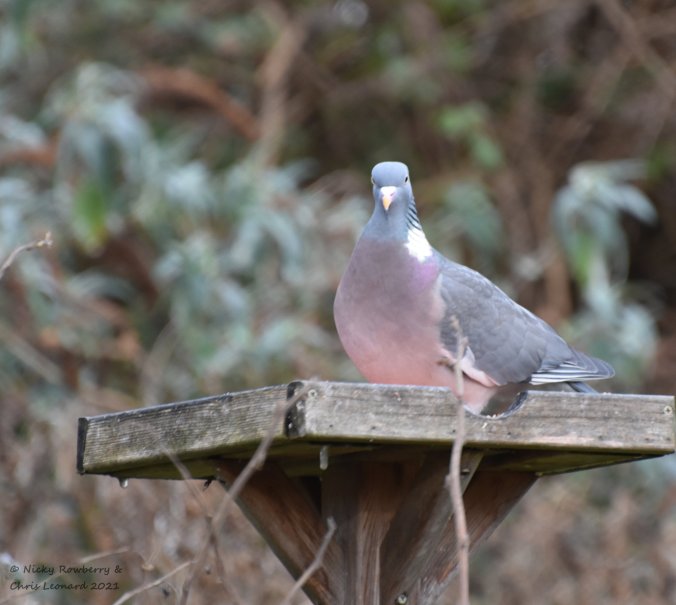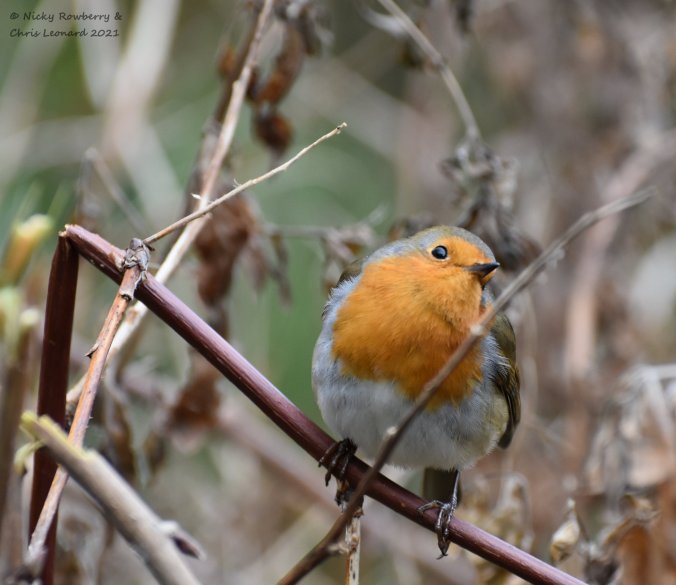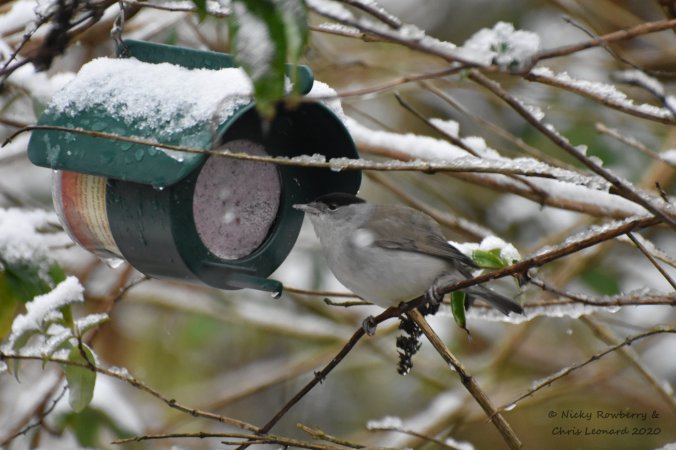It’s National Moth Week (or International since it’s worldwide) and for once I’m on the ball enough to be blogging on time and on topic! This is mainly due to the fact that I read a lovely blog post this morning on this very subject by Nature is My Therapy: https://natureismytherapy.com/2022/07/26/moths-not-just-for-after-dark/ So thank you Kim for the timely reminder.
National Moth Week celebrates the beauty and diversity of moths, a sentiment close to my heart as I’ve been fascinated by the moths in my garden since I started trapping in 2013. This week, after 9 years of moth trapping and perfectly timed for National Moth Week, I recorded the 450th species of moth in my garden! I never dreamt when I started looking at moths that I’d find anywhere near this number in my suburban garden. Just goes to show you don’t know what’s out there until you start looking. Of course of those 450 species, some have only been recorded once – often migrant moths just passing through. But a good chunk of the species are regular attendees at my moth trap.
So here is no 450 – the Brown-Line Bright Eye (Mythimna conigera) – so called because (not surprisingly) it has a brown line and a bright eye spot.
Coincidentally the same night I also trapped the very similarly named Bright-Line Brown-Eye (Lacanobia oleracea). So here they are side by side.
I trap 2 or 3 times a week through the summer and usually once a week in the winter. I started this year with a running total of 438 species, so another 12 have been added since then. Of the new ones, a couple are ones I’ve wanted to see for a while and others haven’t even been on my radar. The longed for ones include a Nut-tree Tussock a (Colocasia coryli) and a Muslin Footman (Nudaria mundana).
Of the more unexpected ones this Italian Tubic (Metalampra italica) micro moth was rather lovely and one I’d never even heard of. Apparently it’s a recent colonist that’s spreading north from the south of England.
So the trap is out again tonight and I’ll be up at the crack of dawn to check the contents, hopefully before the robin beats me to it. It’s one of the things I love about moth-trapping – you never know what you’re going to get – it’s like Christmas morning for moth nerds!
Happy National Moth Week everyone.




















